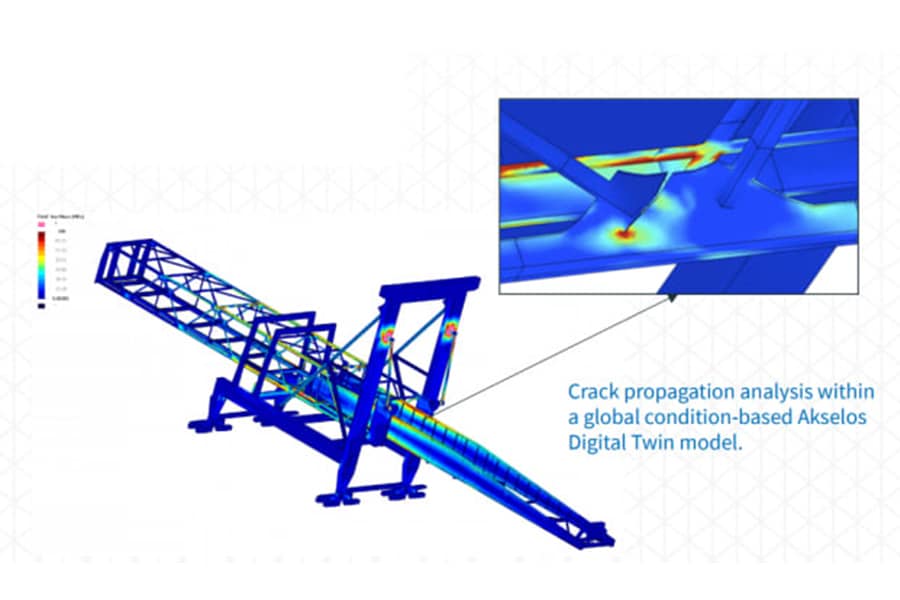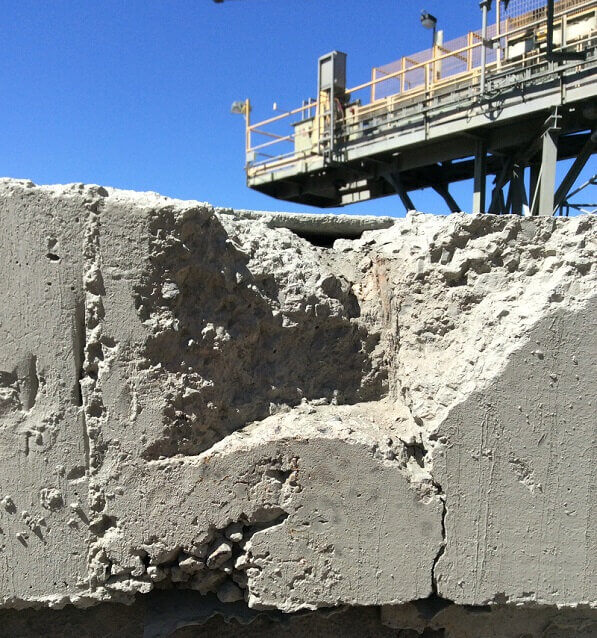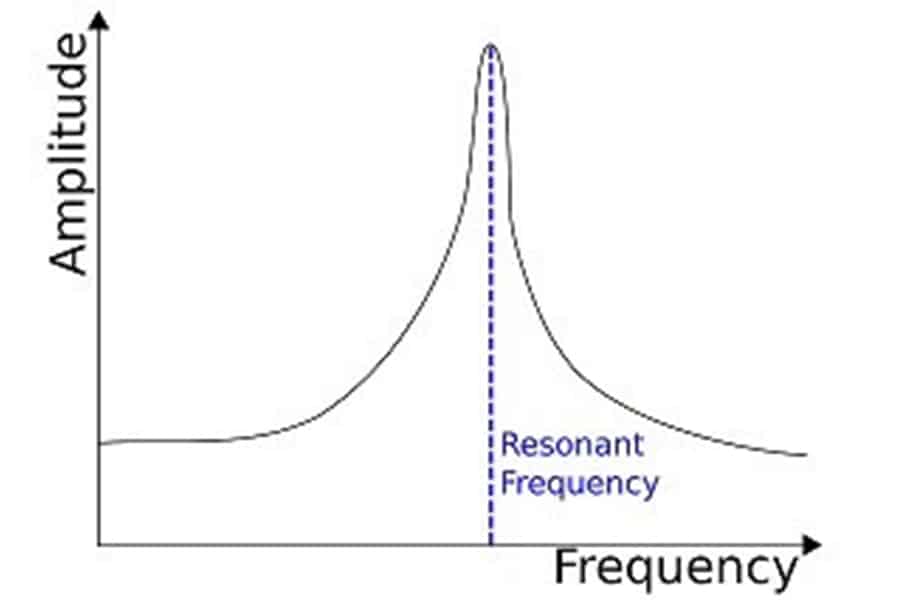Simply put, a Digital Twin is a digital replica of a physical asset, projecting physical objects into the digital world.
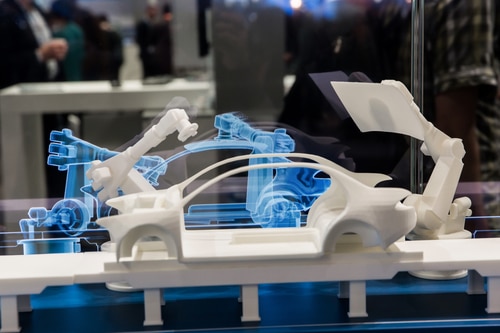
Digital twin
Simulating of car manufacturing by robots, digital twin of the production by Siemens
We can create a computer model of a critical asset such as a ship loader or transfer tower and not just a SpaceGass or Microstran model but a complete physics-based model that considers cracks, corrosion and damaged sections. With feedback from sensor data and inspection data from the physical structure we can make fast decisions regarding inspection frequency, life remaining and degree of safety.
Case Study: A Ship Loader with An ‘akselos’ Digital Twin
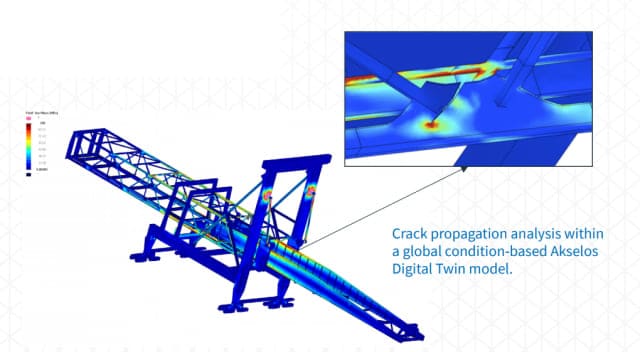
We have access to Akselos software – we can create models of your structures and rapidly assess them when the real structure suffers damage from corrosion, abuse or wear. We can also do “what-ifs” in almost-real-time to quickly provide answers regarding increased loads, or increased throughput. We do it with the accuracy of Finite Element Analysis (FEA) but in seconds rather than hours or days that our conventional FEA software takes.
The future is here guys! New structures critical to production should be created on a Digital Twin platform and strategically placed sensors should be incorporated into the physical structure.
Going Deeper into Digital Twins
Yenem’s Digital Twin applies to a structure that changes over time. We’re talking stackers, reclaimers, crushing and screening structures and the like.
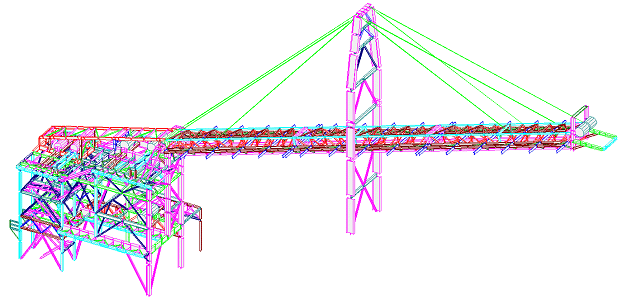
- Structures that move, or have equipment and machinery that moves
- Structures that degrade over time (cracks, damage, corrosion)
- Structures that get modified
- Structures that are overloaded without suitable controls in place to prevent them
Pretty much any structure in a process plant!
In this context, the Digital Twin is an exact replica of the structure.
If you’re asking – don’t all such structures start out digitally? – well yes, but the conventional design model is a stick model of standard shapes and sections and the CAD model is a more-like-the-real-thing 3D representation of the structure, but completely “dumb”.
Enter the Akselos Integra Digital Twin platform.
We create an exact model of the structure – with all the plates, sections and structural parts that define the structure.
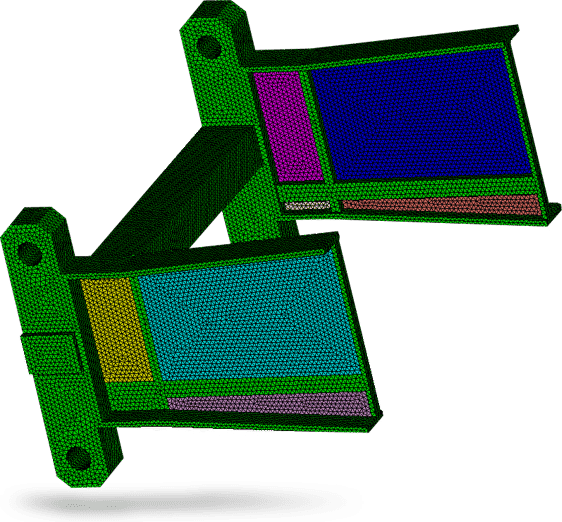
After all, we can’t assess the affect of a cracked flange if the model only contains a single-member element representing the beam.
Non-critical parts can be modeled more simply.
How?
Well, I can say it’s not by creating an FEA model having millions of elements, and yet it is! In the background, that’s exactly what’s happening. But in the office here, we’re putting together pre-defined components to make the complete structure. So 3D like the CAD model, but not dumb!
Why?
We can monitor the structure and quickly assess changes to plates and sections – reduced cross sections due to corrosion, cracks due to vibration-induced fatigue, missing members – and discover the effects these changes have on stresses and deflections. We can’t do that with stick models prepared in Microstran, Space Gass etc.
Can you see how an intimate knowledge of the structure and equipment and simulations in near-real time can assist with productivity?
- Prepare for upgrades
- Plan for shutdowns
- Pre-empt operational issues etc.
What’s Required?
A digital twin for a new structure can be created during the design stage using model data. During construction, it can be edited as things change – changes due to drawing errors, constructability issues, member substitutions and so on.
What About Existing Structures?
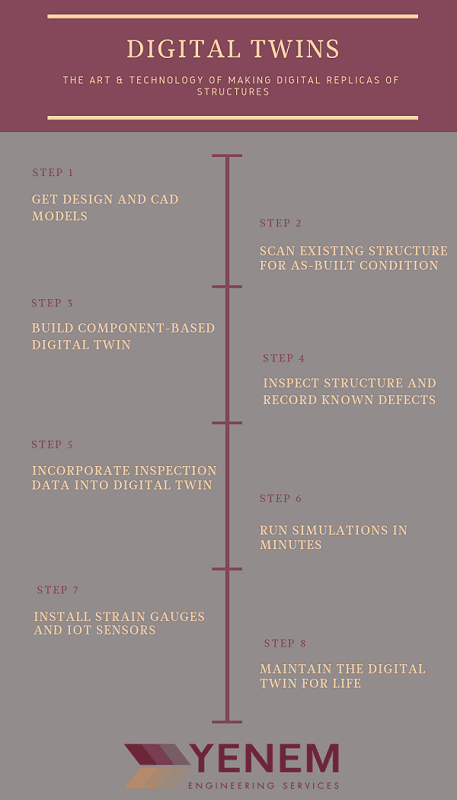
An existing structure can also be “twinned”. In this case, we recommend a digital scan of the structure to create a point cloud model from which a highly accurate “as-built” model can be produced.
If models and drawings from the design phase are available, these are also used to validate the scan data. A complete inspection of the structure would determine the physical state of the structure and this “conditions-based” modelling would complete the digital twin.
Finally, following several simulations to identify key risk areas of the structure, sensors would be installed on the structure and data from these would be accessible in the digital twin.
